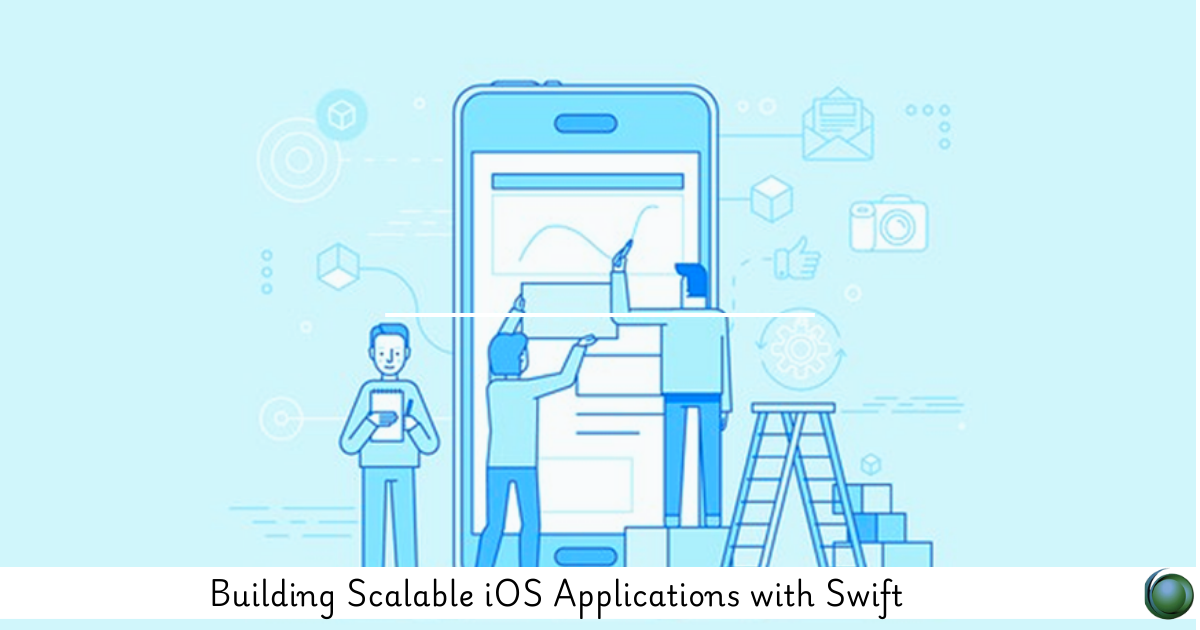Description
Introduction
Scalability is a crucial aspect of modern iOS application development, ensuring that apps can handle increased user loads, maintain performance, and adapt to evolving requirements. Swift, Apple’s powerful and efficient programming language, provides robust tools and design patterns to build scalable applications. This course explores key architectural patterns, performance optimization techniques, and best practices for designing scalable iOS applications.
Prerequisites
- Basic knowledge of Swift programming
- Familiarity with iOS development using UIKit or SwiftUI
- Understanding of object-oriented and protocol-oriented programming
- Xcode installed on macOS
Table of Contents
- Fundamentals of Scalable iOS Applications
1.1 Understanding Scalability in Mobile Applications
1.2 Key Challenges in Scaling iOS Apps
1.3 Design Principles for Scalable Architecture - Architectural Patterns for Scalable iOS Apps
2.1 Model-View-Controller (MVC) Limitations
2.2 Model-View-ViewModel (MVVM) for Better Scalability
2.3 VIPER: Modular Architecture for Large-Scale Apps
2.4 Clean Architecture for Maintainable Code - Optimizing Performance for Scalability
3.1 Efficient Memory Management with ARC
3.2 Reducing App Load Time and Improving Responsiveness
3.3 Leveraging Swift Concurrency (async/await)
3.4 Background Processing and Multithreading - Networking and Data Management at Scale
4.1 Asynchronous Networking with URLSession and Alamofire
4.2 Efficient API Calls and Data Caching Strategies
4.3 Using Core Data and Realm for Scalable Data Storage
4.4 Implementing Offline Support and Syncing Mechanisms - Modularization and Code Reusability
5.1 Structuring Code for Maintainability
5.2 Implementing Feature Modules for Large Applications
5.3 Dependency Injection and Managing Dependencies
5.4 Using Swift Package Manager (SPM) for Code Reusability - Scaling UI with SwiftUI and UIKit
6.1 Designing Dynamic and Adaptive UI for Different Devices
6.2 Implementing Reusable UI Components with SwiftUI(Ref: iOS UI/UX Design and Development with Swift)
6.3 Handling Large Lists and Data Rendering Performance
6.4 Animations and UI Performance Optimization - Testing, Debugging, and Continuous Integration
7.1 Unit and UI Testing Strategies for Scalable Apps
7.2 Debugging and Profiling Performance Issues
7.3 Implementing Continuous Integration and Deployment (CI/CD)
7.4 Using Automation for Testing and Deployment - Deploying and Maintaining Scalable iOS Applications
8.1 Preparing Apps for Large-Scale Deployment
8.2 Handling App Store Guidelines and Optimization
8.3 Monitoring App Performance with Xcode Instruments
8.4 Future Trends in Scalable iOS Development
This iOS Applications with Swift course equips developers with the knowledge and tools to build scalable, high-performance iOS applications using Swift. By applying architectural patterns, optimizing performance, and implementing best practices, learners will be able to develop applications that can grow seamlessly while maintaining reliability and efficiency.







Reviews
There are no reviews yet.